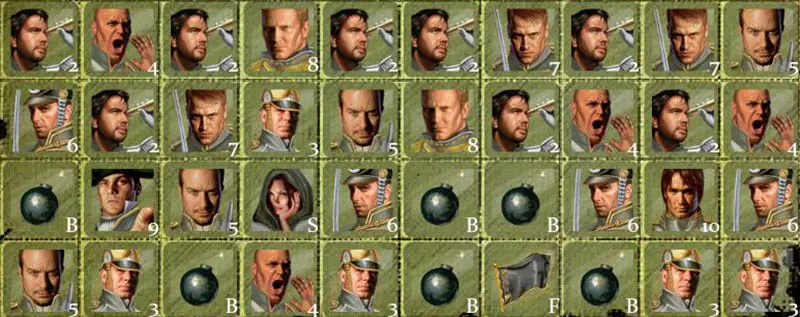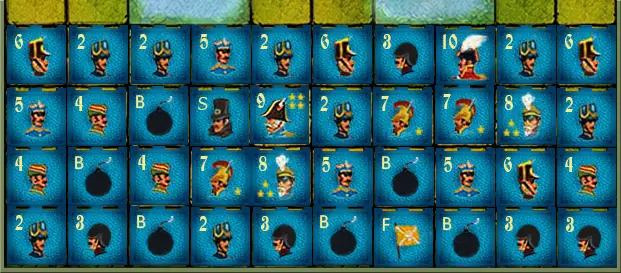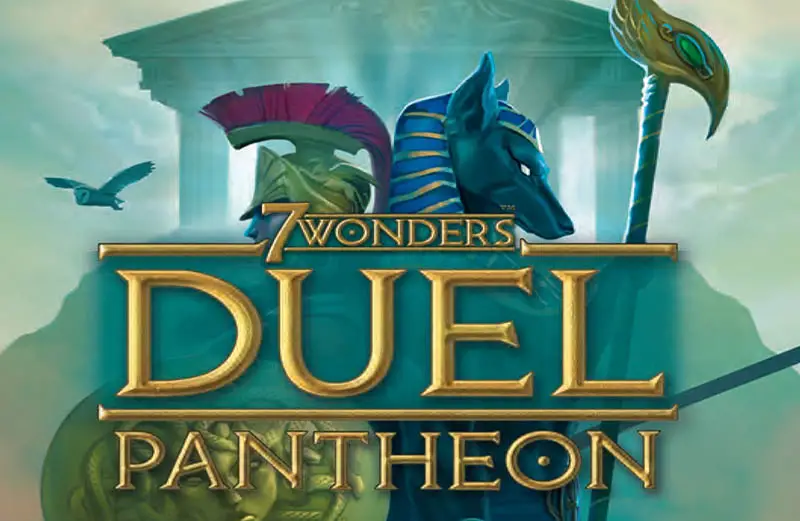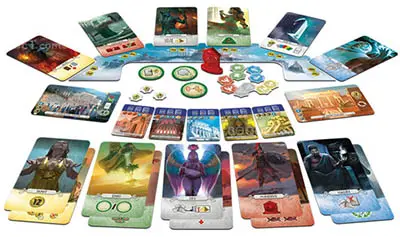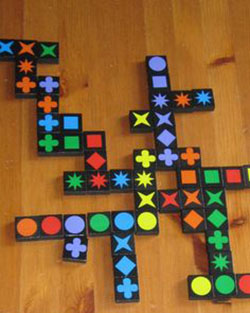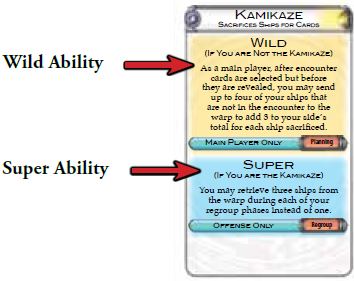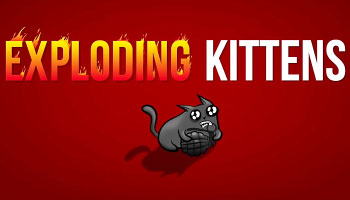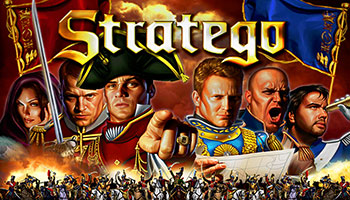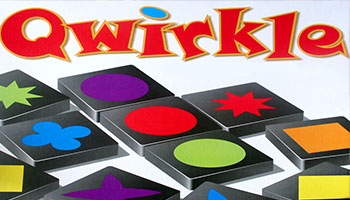
Player Mats
1 Breach Mage Name.
2 Breach Setup: The initial configuration of your breaches. Not all players have the same amount of available breaches.
3 Starting Hand: The five cards which you will have in your hand at the start of the game.
4 Starting Deck: The five cards, and the order in which they are placed in your starting deck. Place the leftmost cards at the t op of your starting deck.
5 Player Number: Place your player number token here. Player number is used in conjunction with the turn order deck to determine turn order. …




 ). Spending aether (
). Spending aether (
